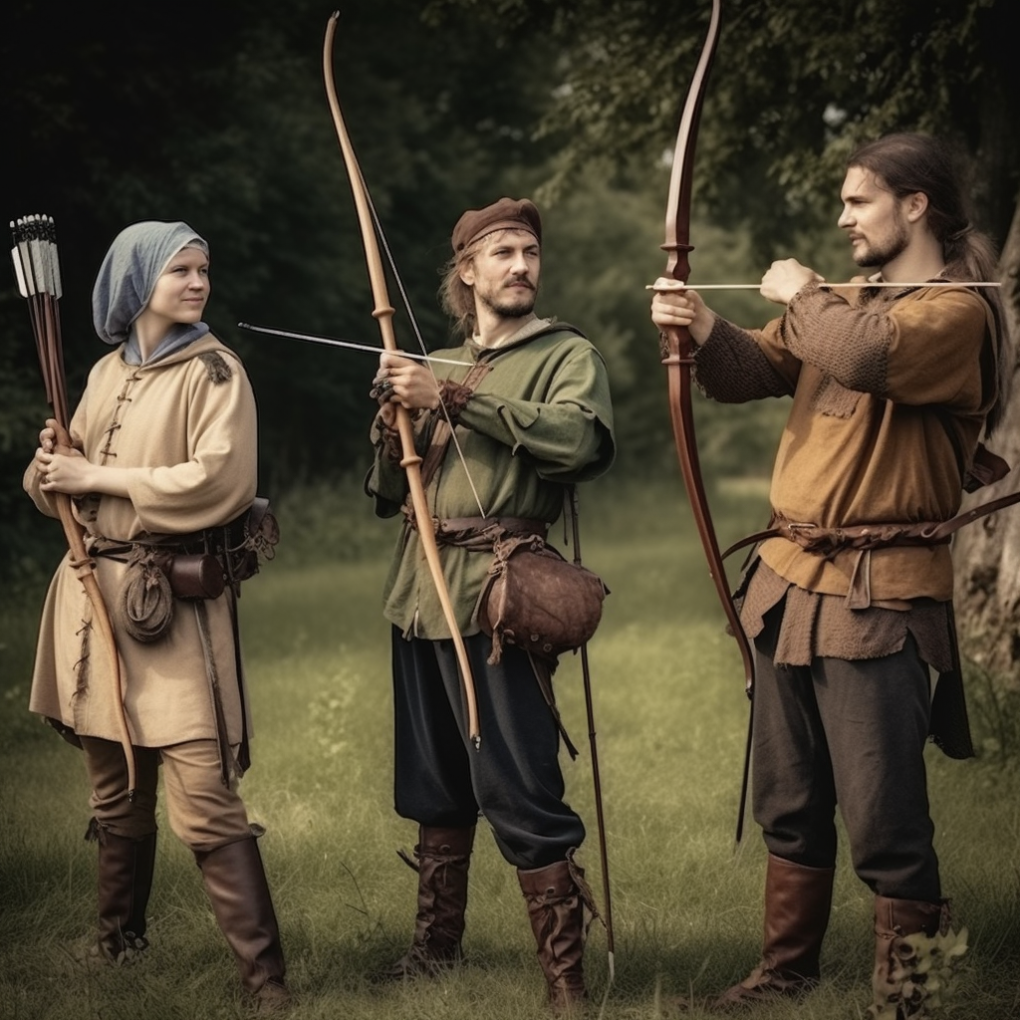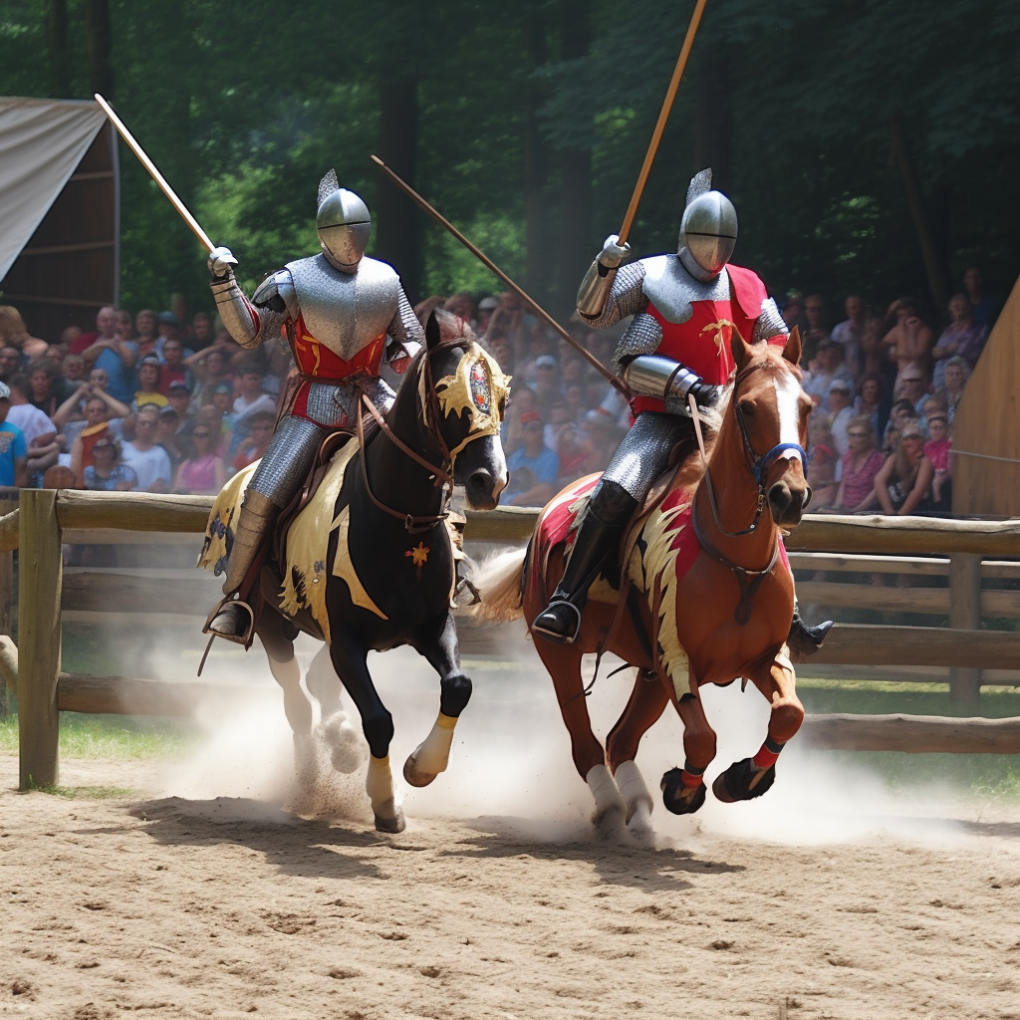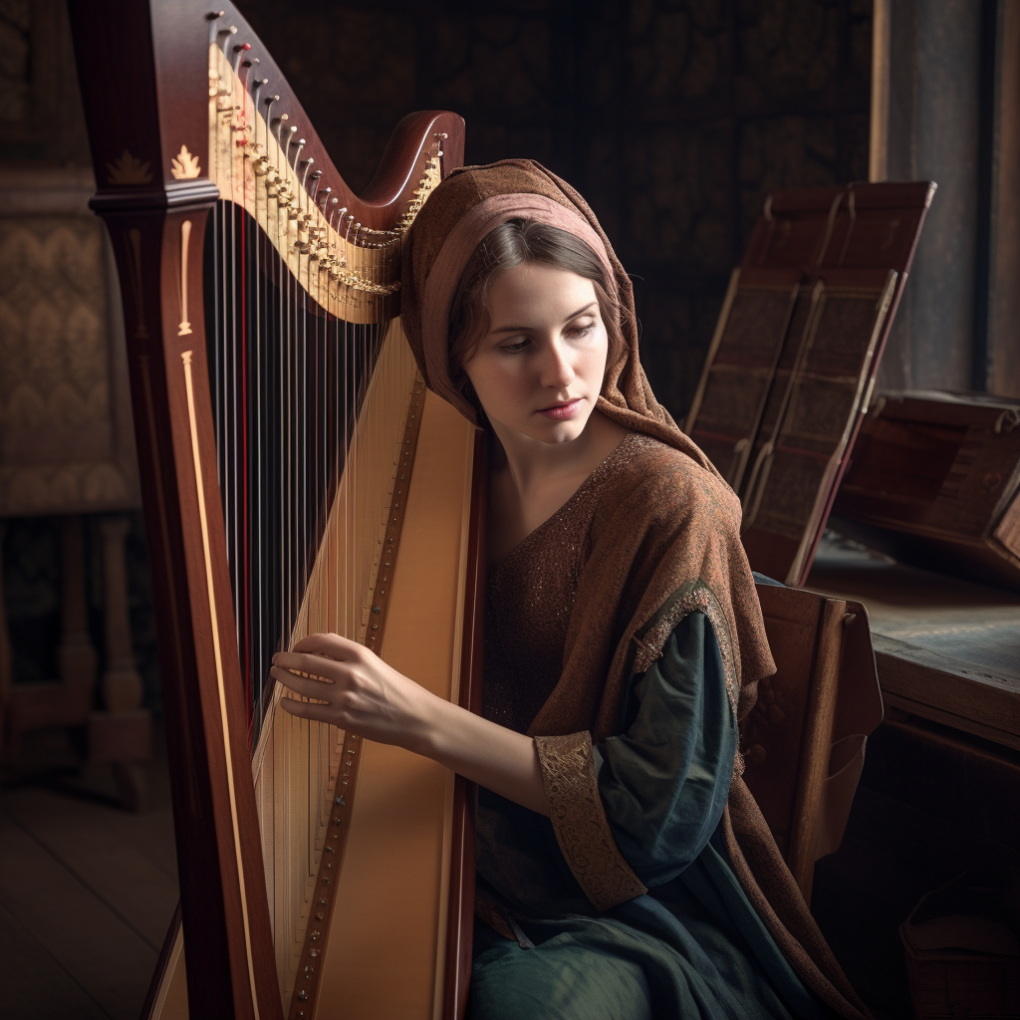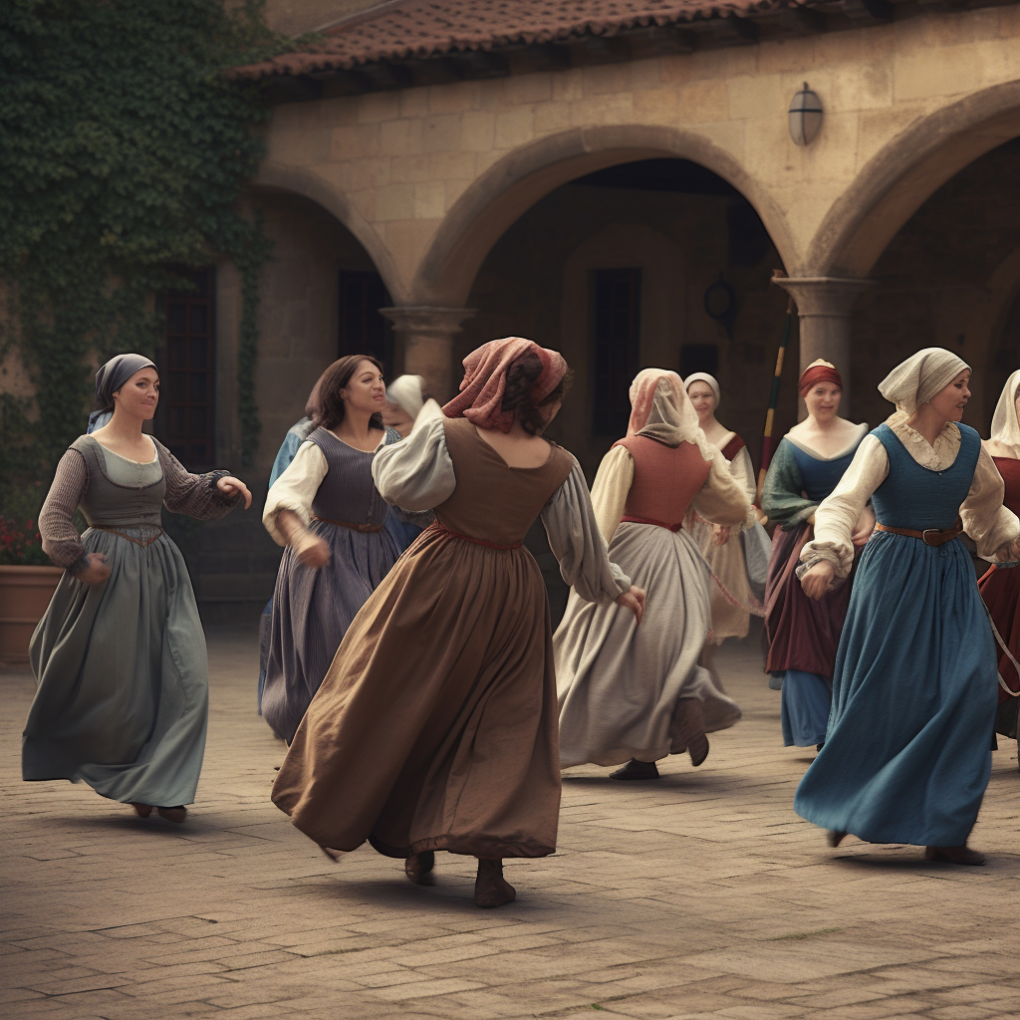Common Medieval Reenactment Activities: Sword Fighting, Archery, Jousting, Music, and Dance
Medieval reenactment activities have gained immense popularity over the years, offering a unique opportunity to step back in time and experience the grandeur of the Middle Ages. Enthusiasts from around the world gather to participate in these events, immersing themselves in the culture, customs, and activities of the medieval period. In this article, we will explore some of the most common medieval reenactment activities, including sword fighting, archery, jousting, music, and dance.
Sword Fighting: Mastering the Art of Combat
Sword fighting, often referred to as historical European martial arts (HEMA), is a captivating aspect of medieval reenactment. Participants learn and practice various techniques, honing their skills in handling different types of swords, such as longswords, rapiers, and arming swords. These reenactors, with their dedication and attention to detail, aim to recreate authentic medieval combat scenarios. The clashing of swords and the precision in movements bring to life the intense battles of the past.

Archery: Channeling the Spirit of Legendary Archers
Archery, a timeless skill, played a crucial role in medieval warfare. Reenactment archers meticulously replicate historical bows and arrows, donning attire inspired by archers of the Middle Ages. They aim to recreate the famous longbow archery style used by legendary figures such as Robin Hood and English longbowmen. With steady hands and sharp focus, reenactors unleash their arrows, emulating the excitement and skill of archery in medieval times.

Jousting: The Ultimate Display of Chivalry
Jousting, the quintessential medieval tournament sport, captures the essence of knightly culture. Knights in full armor mount their noble steeds, charging towards each other with lances in hand. The thunderous clash as lances collide and the sight of knights being unhorsed create an exhilarating spectacle. Jousting reenactments meticulously recreate the pageantry and bravery associated with this iconic medieval sport, transporting spectators back to an age of chivalry and honor.

Music: Harmonizing the Melodies of the Past
Music was an integral part of medieval life, evoking emotions, telling stories, and celebrating the triumphs of the time. Medieval reenactment events often feature musicians proficient in ancient instruments such as the lute, harp, bagpipes, and flute. These skilled performers entertain audiences with captivating melodies and enchanting tunes, providing an authentic soundscape reminiscent of medieval feasts, royal courts, and lively taverns.

Dance: Reveling in the Rhythms of Yore
Dance was not only a form of entertainment but also a social activity during the Middle Ages. Reenactment events bring back the vibrant and intricate dances of the period, where participants dress in elaborate costumes and engage in lively choreography. The joyous atmosphere, lively music, and synchronized movements recreate the festive ambiance of medieval celebrations, offering participants and spectators a chance to experience the merriment firsthand.

Conclusion
Medieval reenactment activities provide an immersive and educational experience, allowing enthusiasts to connect with the rich tapestry of the Middle Ages. Sword fighting, archery, jousting, music, and dance form the core of these reenactments, captivating audiences and transporting them to a bygone era. The dedication, attention to detail, and passion of the participants make these events truly extraordinary.